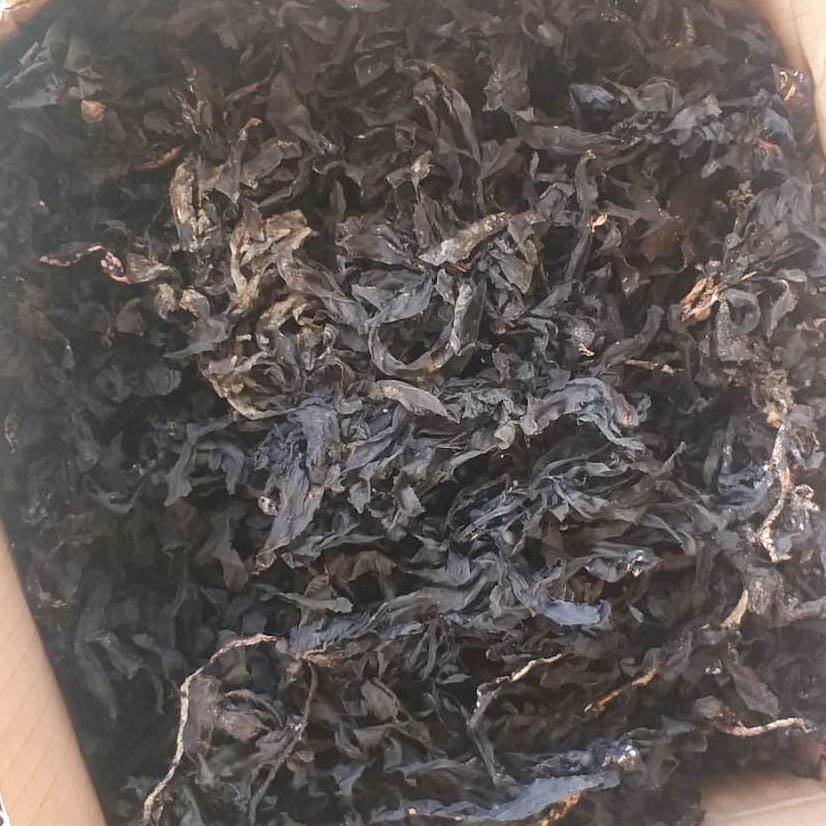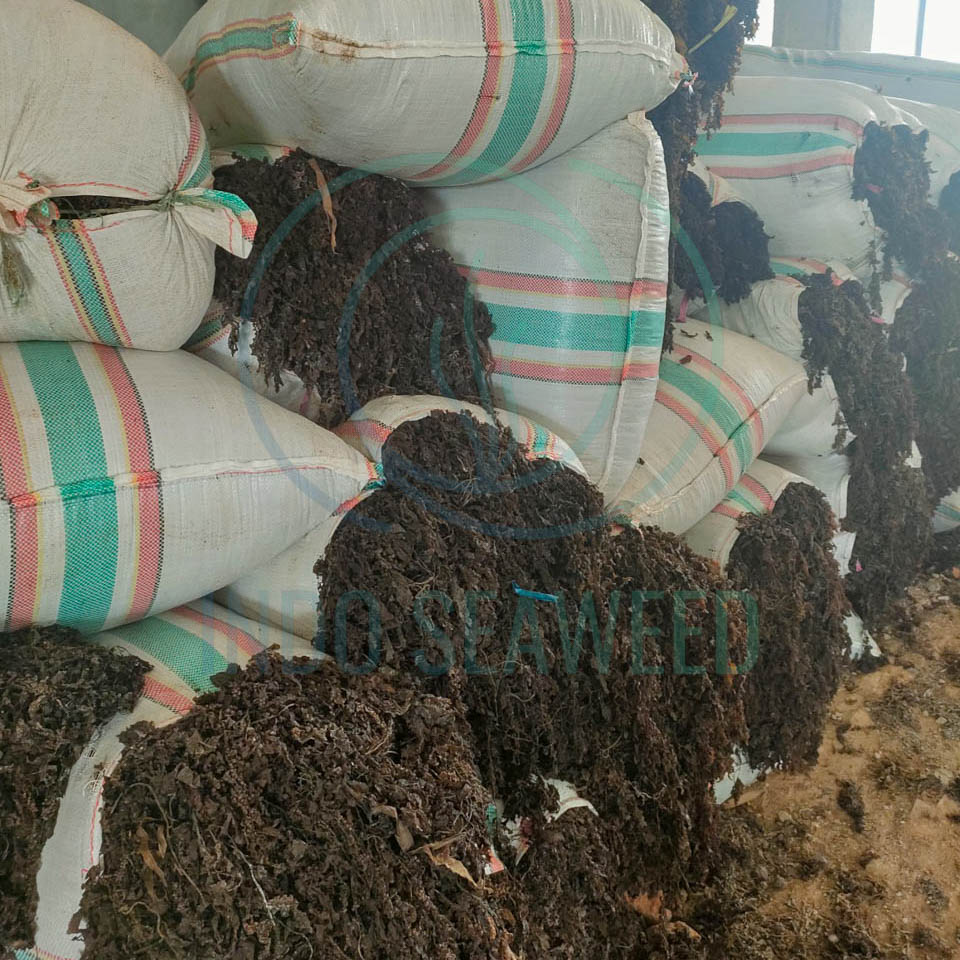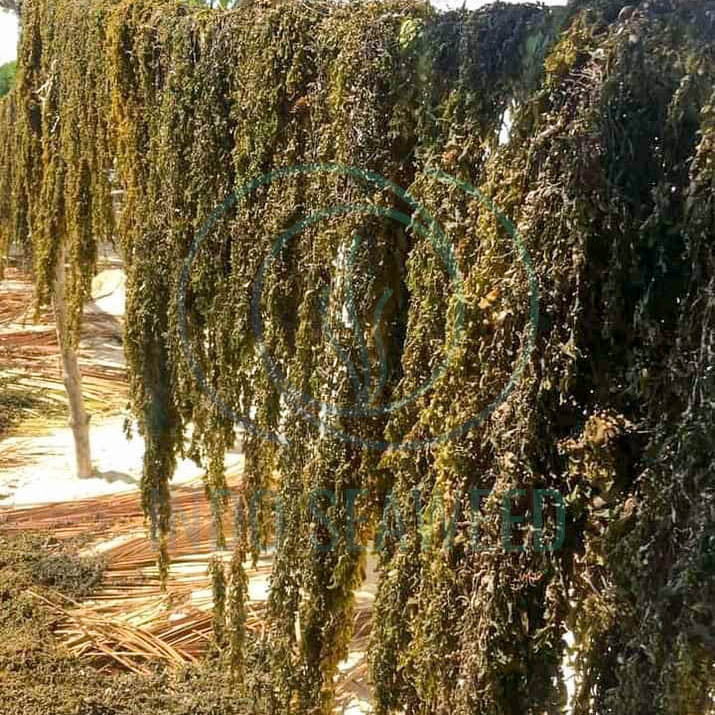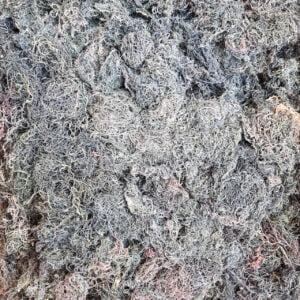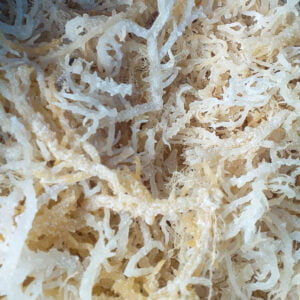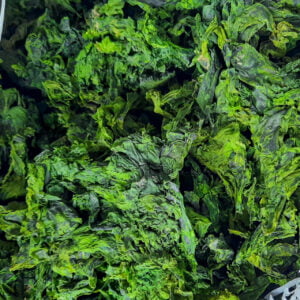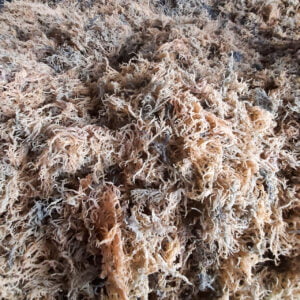Sargassum
Discover the potential of Indo Agrio’s Sargassum Seaweed, sourced and supplied by Macro Seaweed. This premium-grade seaweed from Indonesia is rich in nutrients and offers a range of applications. With its exceptional quality, it is ideal for the food and beverage, cosmetic, pharmaceutical, and agricultural industries. Additionally, it holds promise as a renewable energy source, as it can be processed into biofuels, and as a natural fertilizer, enriching soils with essential nutrients for agricultural growth.
Visit macroseaweed.com/sargassum for more information. Explore the potential of Indo Agrio’s Sargassum Seaweed today and unlock the numerous possibilities it offers for sustainable and innovative solutions. Contact us to learn more.
Sargassum seaweed, a genus of brown seaweed renowned for its distinctive golden brown color and large floating mats in the open ocean, has found its way to the shores of Indonesia. While Sargassum holds great ecological value, its presence brings both opportunities and challenges to the coastal regions of this diverse archipelago. This article delves into the characteristics of Sargassum seaweed, its impacts on the marine ecosystem and local communities, and explores the potential industrial applications of this seaweed in Indonesia.
The Intriguing Nature of Sargassum Seaweed
Sargassum, specifically the Asian species Sargassum muticum, as well as Sargassum natans and Sargassum fluitans, thrives in the coastal waters of Indonesia. Its golden brown color and the formation of large floating mats make it a fascinating seaweed with unique characteristics.
Ecological Impacts
a. Biodiversity and Habitats: Sargassum seaweed provides essential habitats and nurseries for various marine species, contributing to the overall biodiversity of coastal areas. It offers food and shelter, supporting the survival and reproduction of fish, turtles, and invertebrates.
b. Imbalances and Challenges: Excessive amounts of Sargassum can pose challenges and disrupt marine ecosystems. When large quantities wash ashore, it can smother coral reefs, seagrass beds, and other marine habitats, leading to the degradation of these fragile ecosystems.
Socioeconomic Effects
a. Tourism and Coastal Communities: The influx of Sargassum seaweed can impact coastal communities and tourism. When the seaweed decomposes on the shore, it releases an unpleasant odor and hinders recreational activities, affecting local economies that rely on coastal attractions.
b. Livelihoods: However, the seaweed can also present economic opportunities. Local communities can engage in manual removal of Sargassum from beaches and explore innovative ways to utilize the seaweed for various purposes.
Industrial Potential and Innovative Utilization
a. Nutritional and Health Benefits: Sargassum seaweed is rich in nutrients, vitamins, and minerals. Ongoing research explores its potential as a nutritional supplement and ingredient in food and beverage products.
b. Biofuel and Fertilizer: The collected seaweed can be processed to produce biofuels, serving as a renewable energy source. Additionally, it can be used as a natural fertilizer, enriching agricultural soils with essential nutrients.
c. Cosmetic and Pharmaceutical Applications: Sargassum seaweed contains bioactive compounds that have potential applications in the cosmetics and pharmaceutical industries. Research investigates its use in skincare products and the development of medicinal treatments.
Sargassum seaweed's presence in Indonesia brings both opportunities and challenges. While it contributes to marine biodiversity and offers potential industrial applications, it also requires careful management to mitigate its negative impacts on coastal ecosystems and local communities. As ongoing research and innovative initiatives continue, finding sustainable solutions to harness the benefits of Sargassum seaweed while preserving the coastal environment becomes crucial for the future of Indonesia's marine resources.
Additional information
| Weight | 1 kg |
|---|---|
| Dimensions | 50 × 50 × 50 cm |

